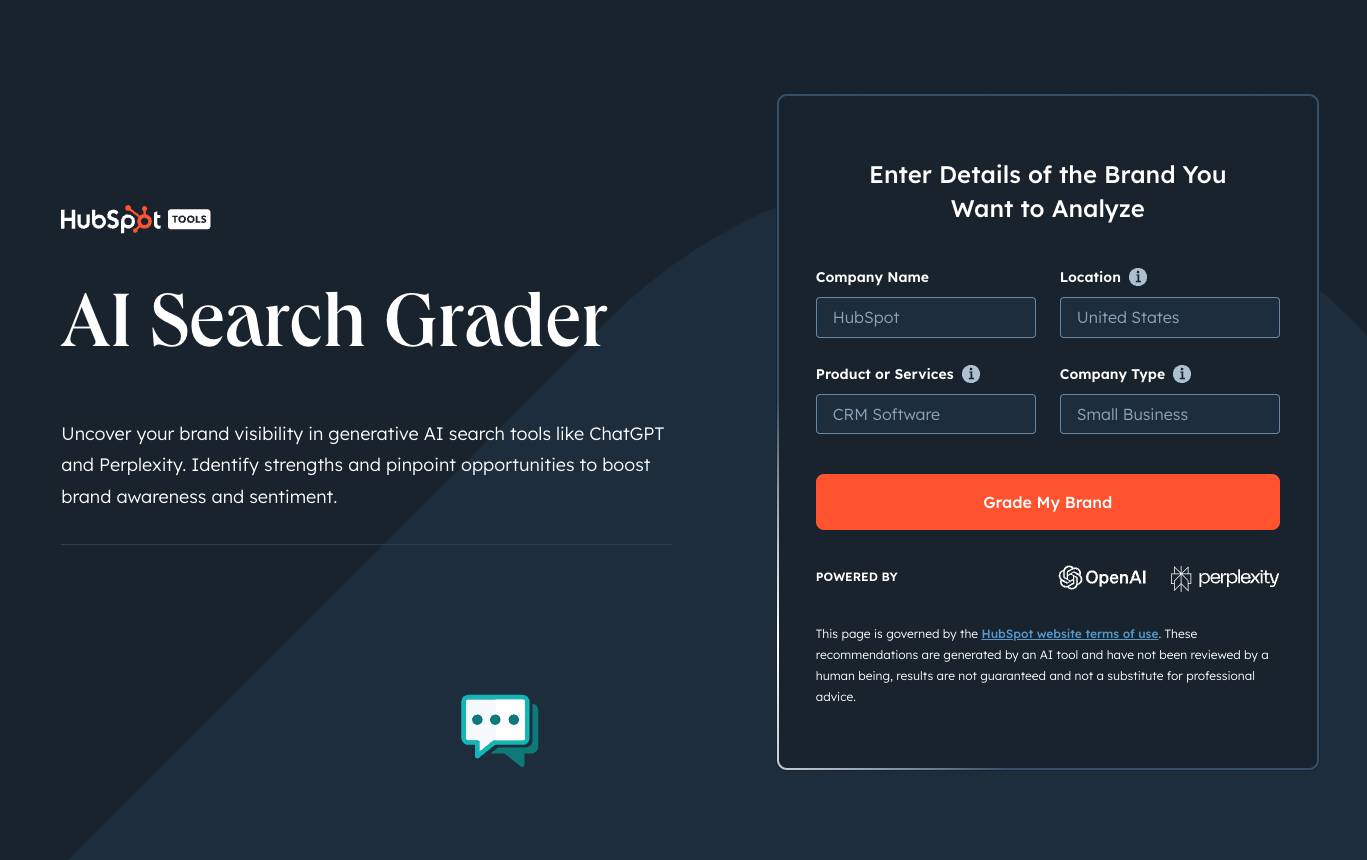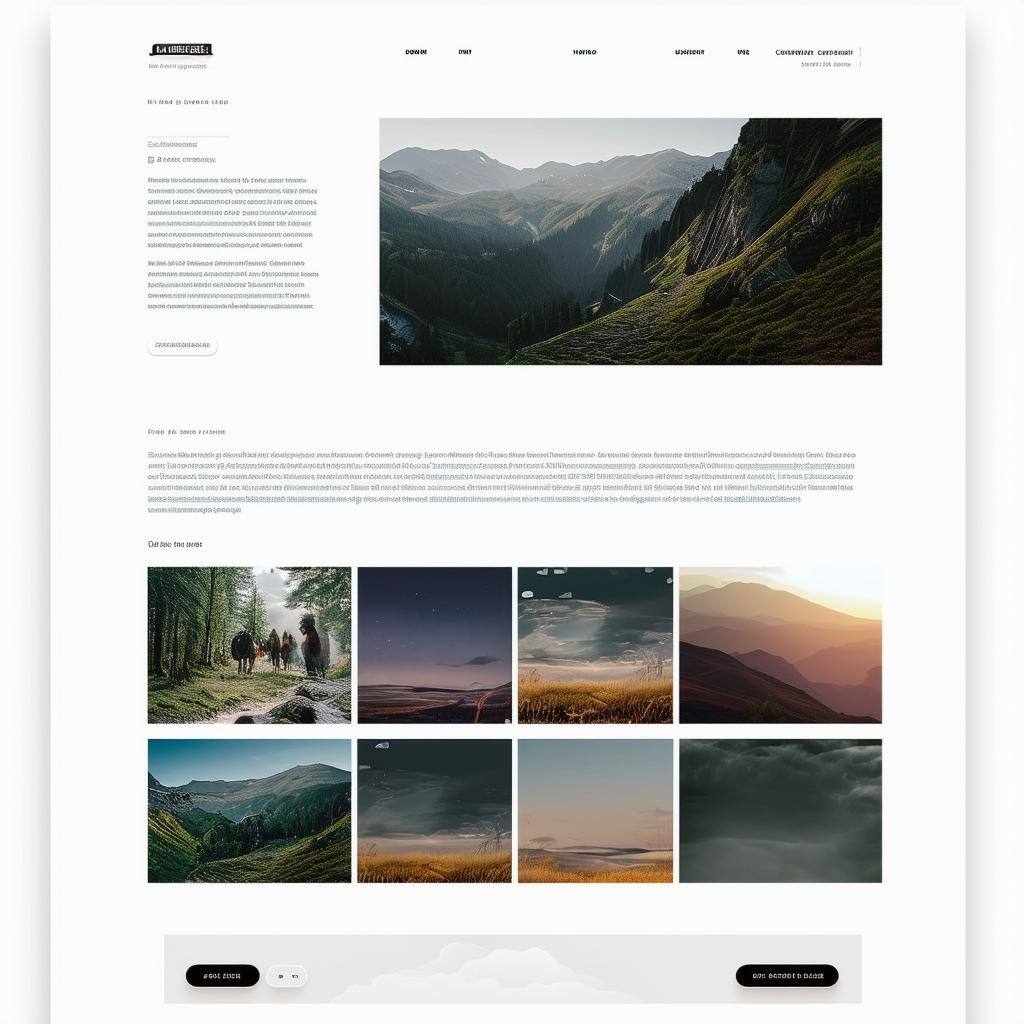Data protection legislation aimed at protecting individuals' personal information has undergone significant changes in recent years, including laws such as GDPR and the ePrivacy Directive. These impose stricter requirements on how companies can collect, manage, and use individuals' data. For marketers, these laws mean higher demands for transparency in how data is used and consent obtained. Responsible data usage also becomes a reality; it's not just about compliance with the law but also about building trust with customers and creating a sustainable strategy.
The new Digital Markets Act (DMA), which comes into effect in March 2024, will bring about changes for major digital platforms, also known as "gatekeepers". DMA is a new EU regulation aimed at creating a fairer and more competitive digital market. It primarily applies to "gatekeepers", large online platforms such as Google, Facebook, Amazon, and Apple, with significant market power in their areas.
The changes DMA imposes on gatekeepers include requirements for transparency in ranking and data usage. Gatekeepers must therefore be more transparent about how they rank content and use user data.
This is where Google Consent Mode v2 comes into play. Google Consent Mode v2 is Google's response to the new Digital Markets Act (DMA). This involves an update to Google's platform of their existing tools for managing user consent for data collection and advertising.
Want to know more? Keep reading!
Content:

What is Google Consent Mode?
Google Consent Mode (CM) is a tool that helps companies manage users' consent to data collection and advertising. Version 1, launched in 2020, was primarily in response to the General Data Protection Regulation (GDPR), providing basic features to customize Google tags based on users' cookie consent. CM has now undergone a significant update with the launch of v2, in response to the upcoming Digital Markets Act (DMA) and its stricter requirements for data management.
CM v2 focuses on offering a more detailed and transparent consent process for users. They can now provide separate consents for different types of data usage, such as personalized advertising, cross-device tracking, and third-party data sharing. Users also receive clearer information about exactly what data is collected, how it is used, and for what purposes, giving them more control over their digital privacy.
Improved traceability is another important feature in v2. Google's tags now send signals about users' consent status, giving companies better control over data usage and helping them comply with DMA requirements.
From March 2024, implementing v2 will be mandatory to effectively use Google Ads. This means that companies must integrate v2 with their existing systems and processes to continue collecting data and running effective advertising campaigns. Therefore, Google Consent Mode v2 is a necessity for the future.
New Consent Statuses
In addition to the previous parameters analytics_storage and ad_storage, v2 now adds two new parameters to manage consent:
- ad_user_data: Determines whether personal data is sent to Google based on user consent. "Google" in this context refers to services such as Google Ads, Google Shopping, and Google Play.
- ad_personalization: Determines whether personal data can be used for targeted advertising purposes (remarketing).
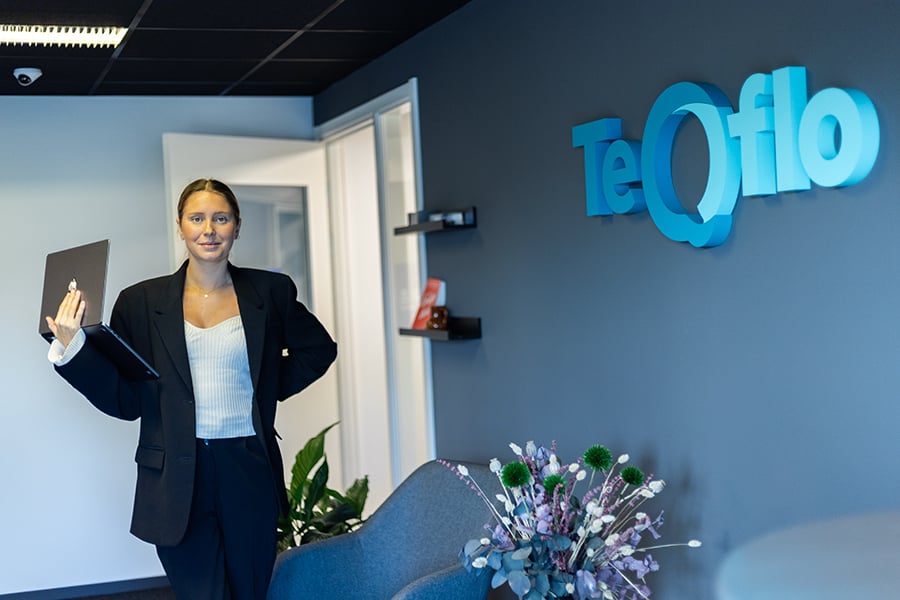
Advanced vs. Basic mode
Consent Mode V2 also introduces two new versions: Advanced Consent Mode and Basic Consent Mode. If no consent mode is implemented on the site, all data is assumed to have user consent and is thus sent to Google's services.
Regarding the new versions, Advanced Consent Mode and Basic Consent Mode are technically not new or unfamiliar concepts. Advanced Consent Mode aligns with the standard use of the consent mode recommended by Google. This means that the consent mode is implemented, and data is collected regardless of whether the user grants or denies consent.
On the other hand, Basic Consent Mode means that the consent mode is active on the site or in the app, but Google's tags are prevented from loading and collecting data until consent is explicitly given. Data collection only occurs with user consent.
How do you implement it?
Implementing Google Consent Mode v2 can be done manually through Google's Tag Manager consent APIs or by adding consent code to each page on your website. However, it is recommended to use a Google-certified Consent Management Platform (CMP) for more efficient management. A CMP handles the cookie banner and then forwards the four necessary parameters to Google based on user consent.
By using a CMP, you gain the benefits of a specialized platform designed to easily and securely manage the consent process. The CMP allows you to customize the cookie banner according to your needs and ensures that the correct information is sent to Google, creating a smoother and more consistent experience for users. Choosing a Google-certified CMP provides a reliable and professional tool for implementing and managing Google Consent Mode v2 on your website.
Would you like to know more?
Does this sound interesting to you, or do you need guidance on how your company should adapt to this change?
- Don't hesitate to contact us in case you would like to know more more about this or would like specific information on pricing for your company.
- Follow us on social media. We post updates on LinkedIn, Instagram, and Facebook when we have a new blog post. You can also get valuable tips and learn something new from other posts we share on social media, so you lose nothing by following us!
- Want to connect on LinkedIn? You can find me here! Send me a message about anything about HubSpot, or something completely different! 🌟🌟
/ Emily Hörstedt - CRM Specialist 🥰

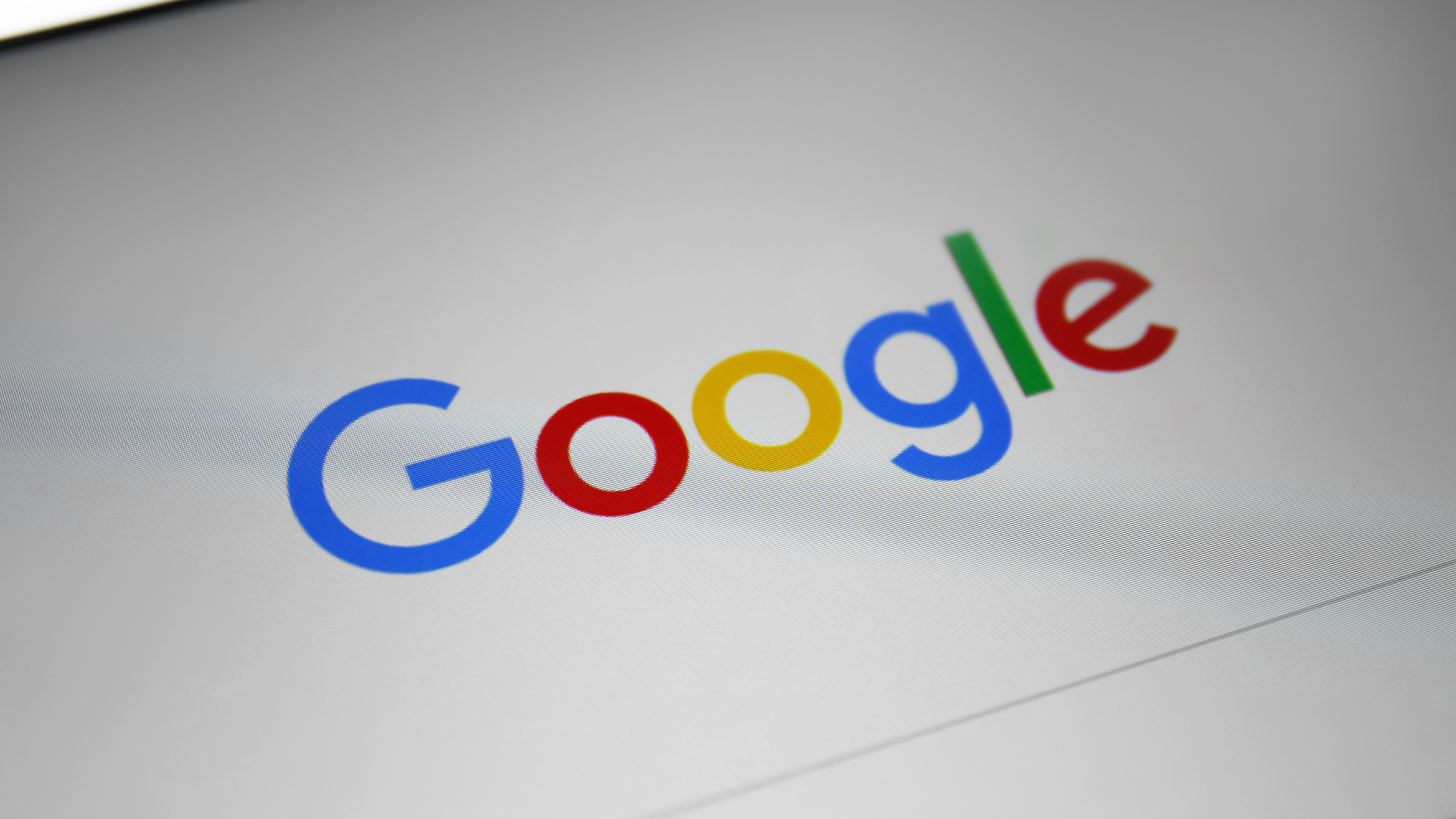
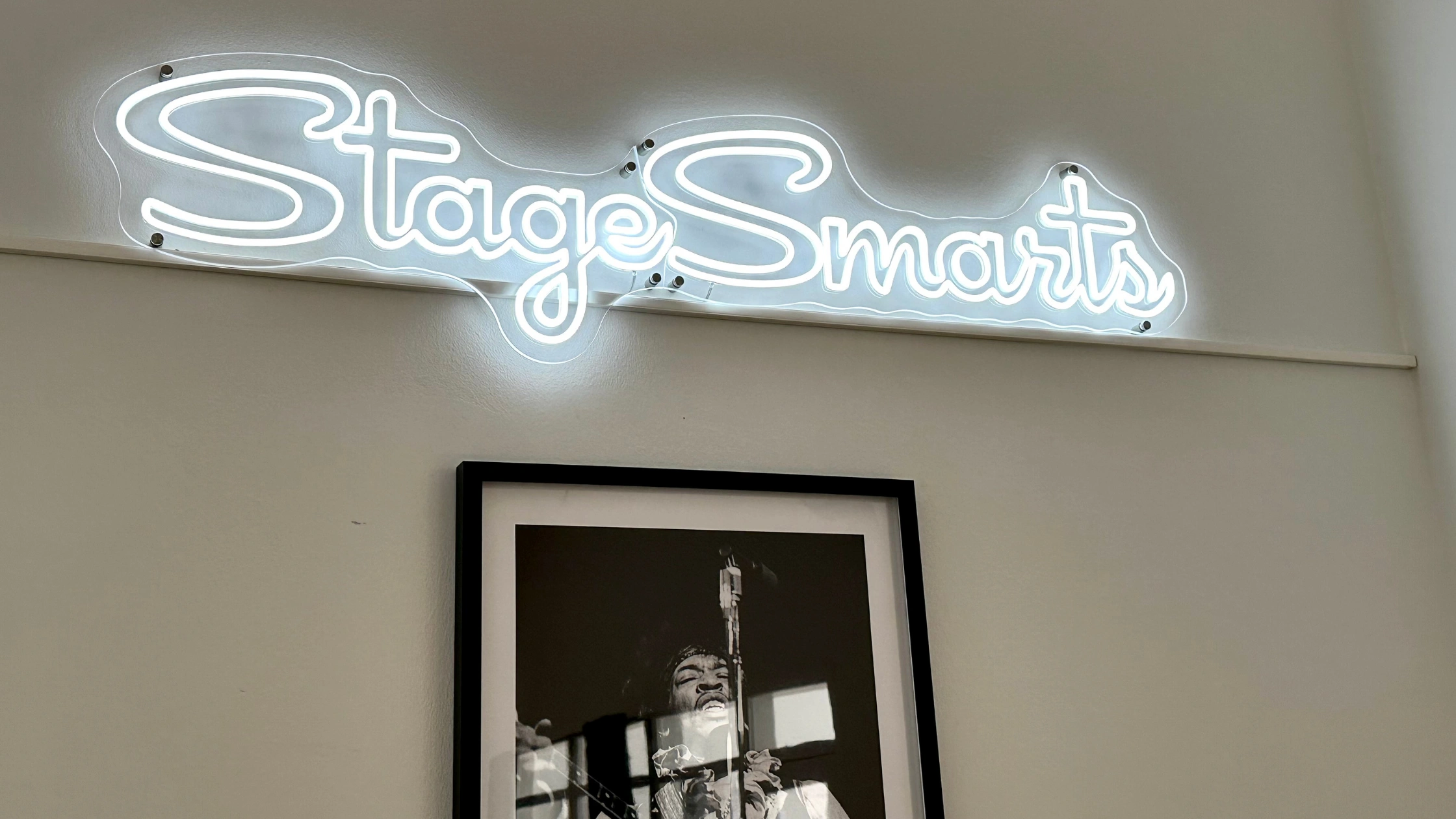


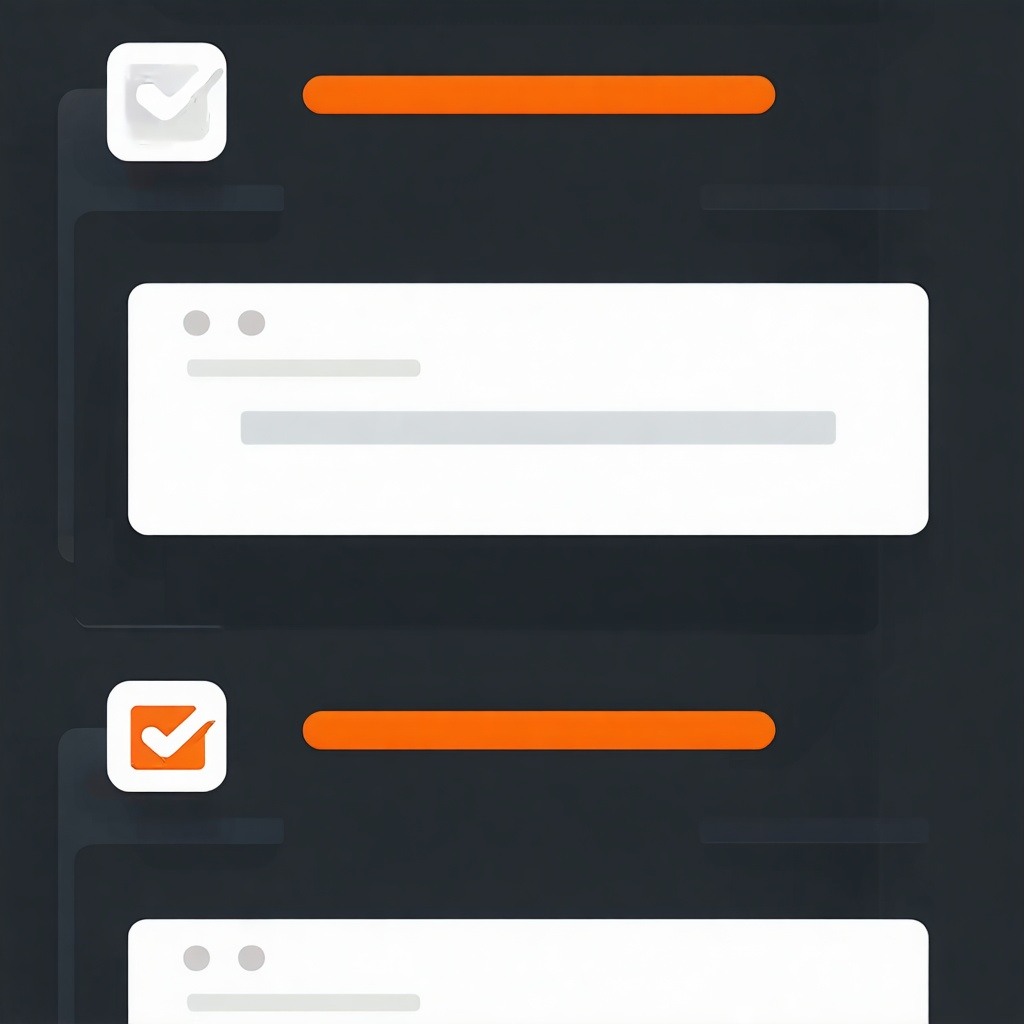
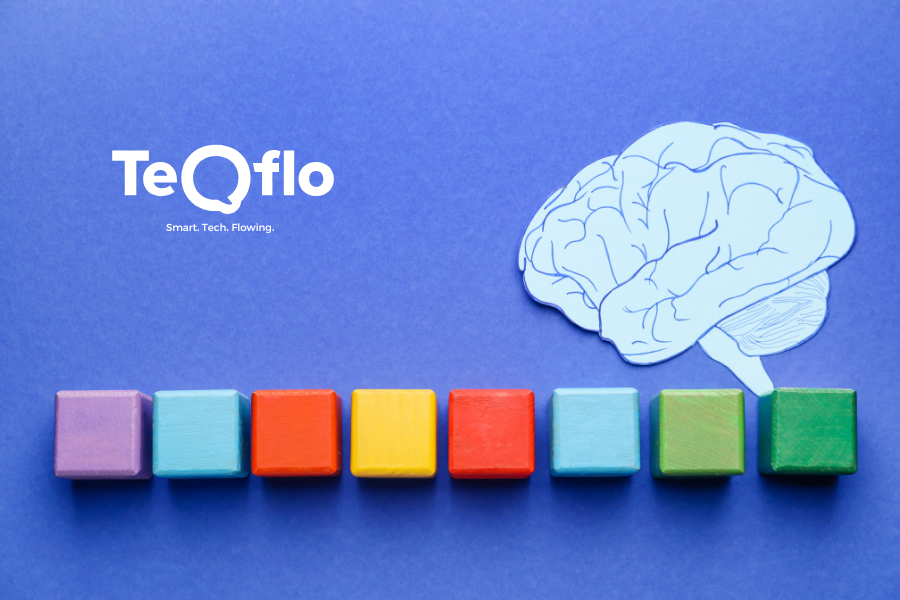

.jpg)

